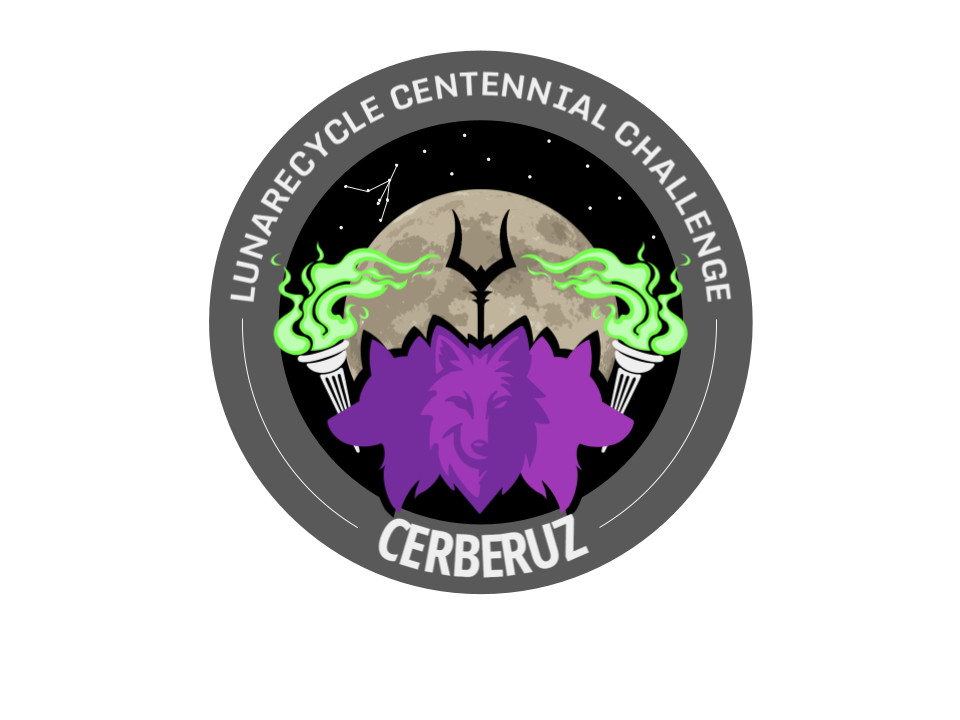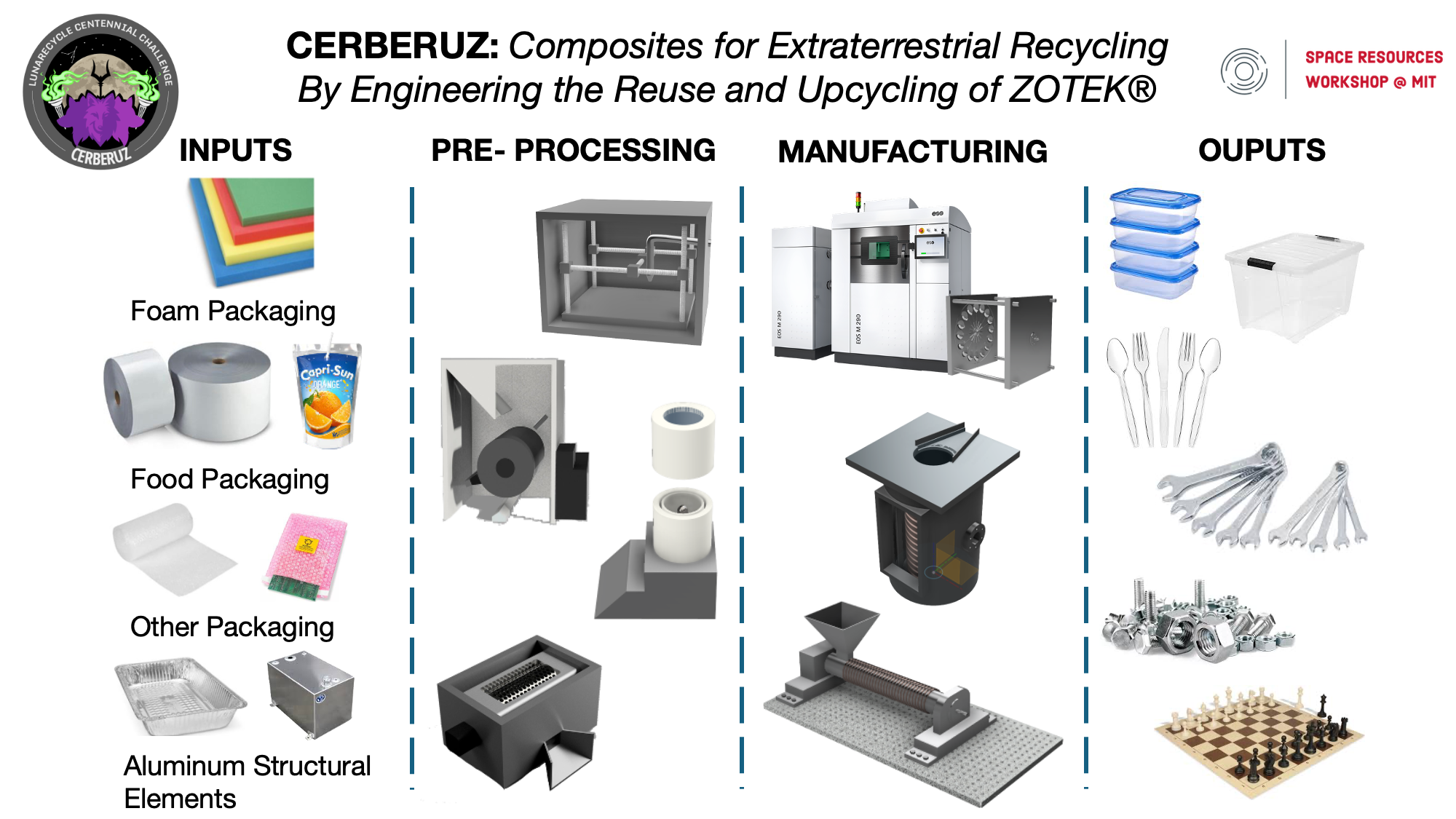CERBERUZ is a phase 1 winner of the NASA LunaRecycle Centennial Challenge!
This concept spans themes of space-sustainability, in-space manufacturing, and in-situ resource utilization — all major technology developments necessary for Lunar and Mars exploration and a growing cislunar economy. Space sustainability is both our responsibility as a spacefaring species and a mission enabler — longer duration missions to the Moon and Mars can be accomplished and allow humans to thrive when they have the ability to flexibly “build” and “make” things from the resources already available.
Previous
Previous
Plasma Reactors for Mars in-situ Resource Utilization
Next
Next

